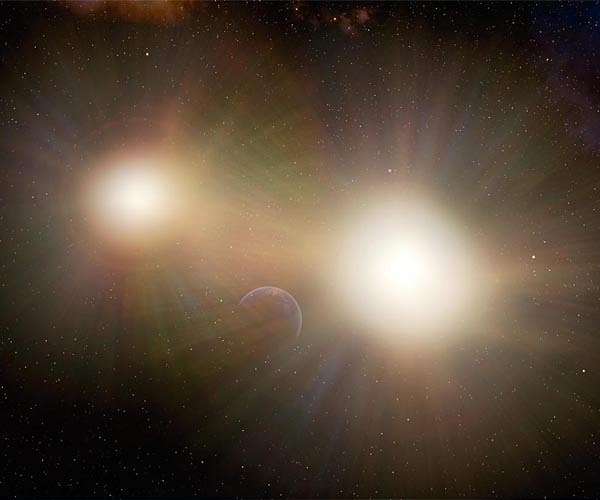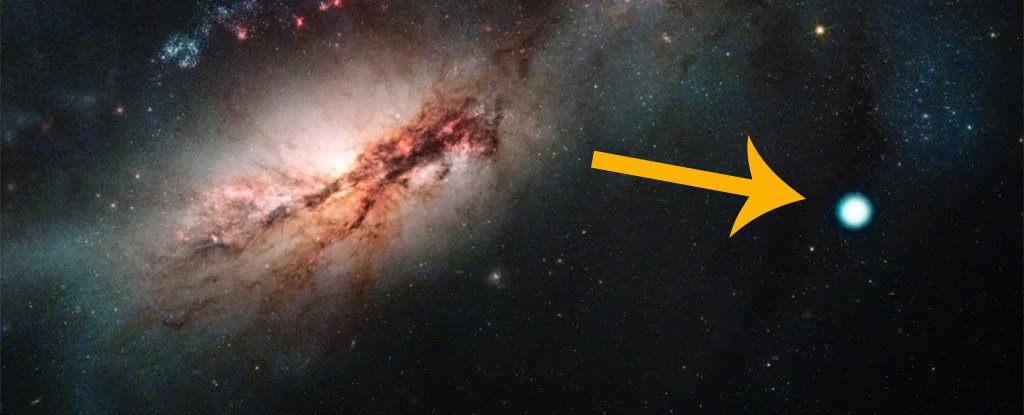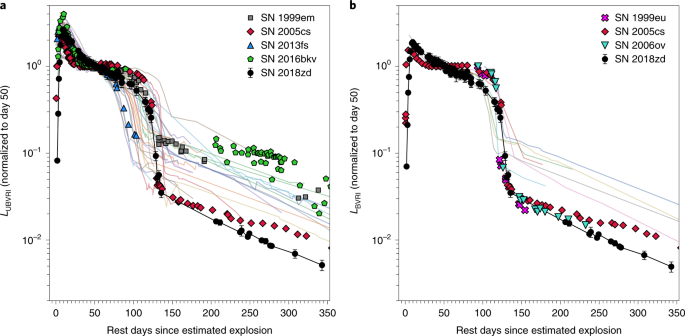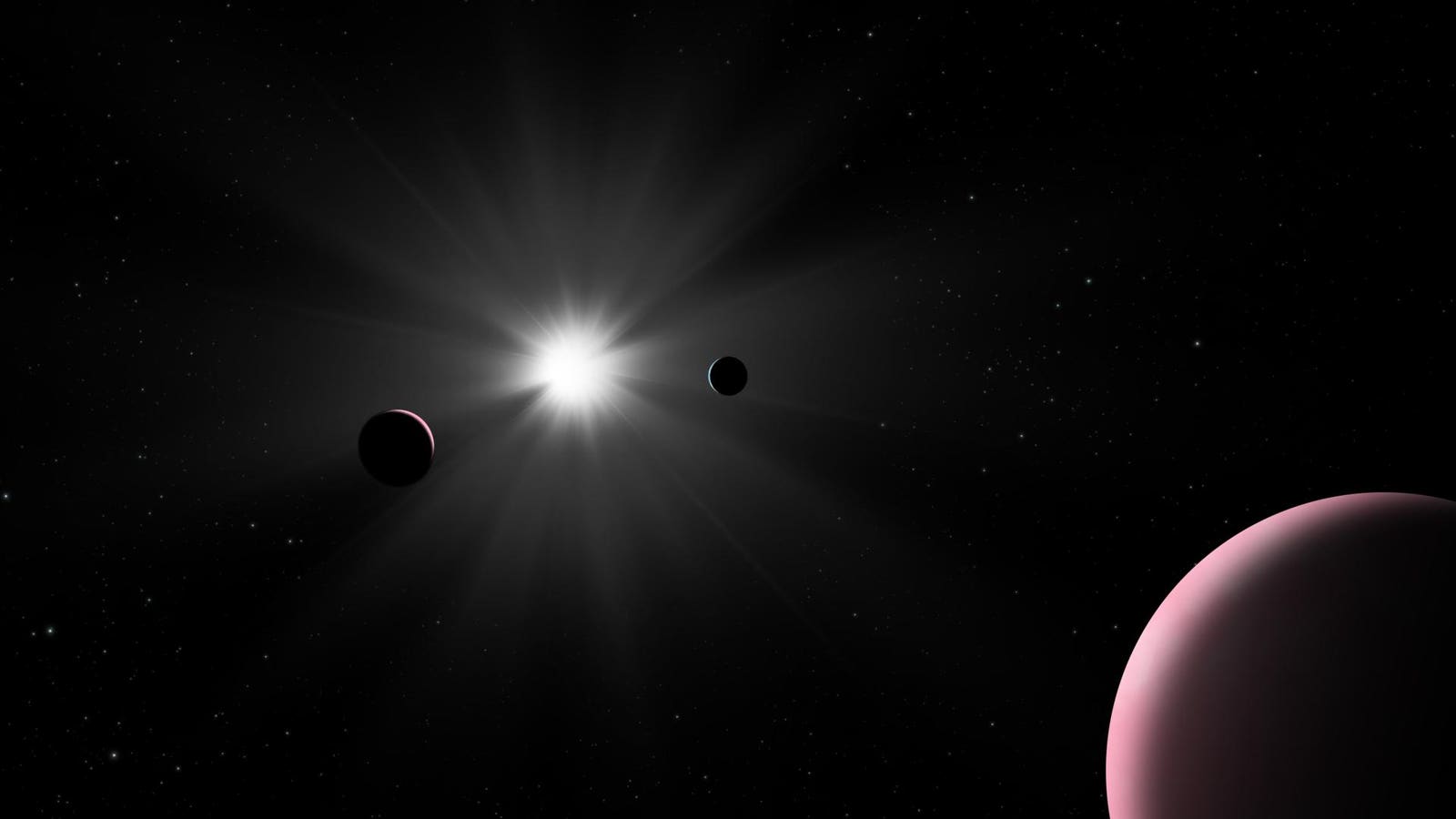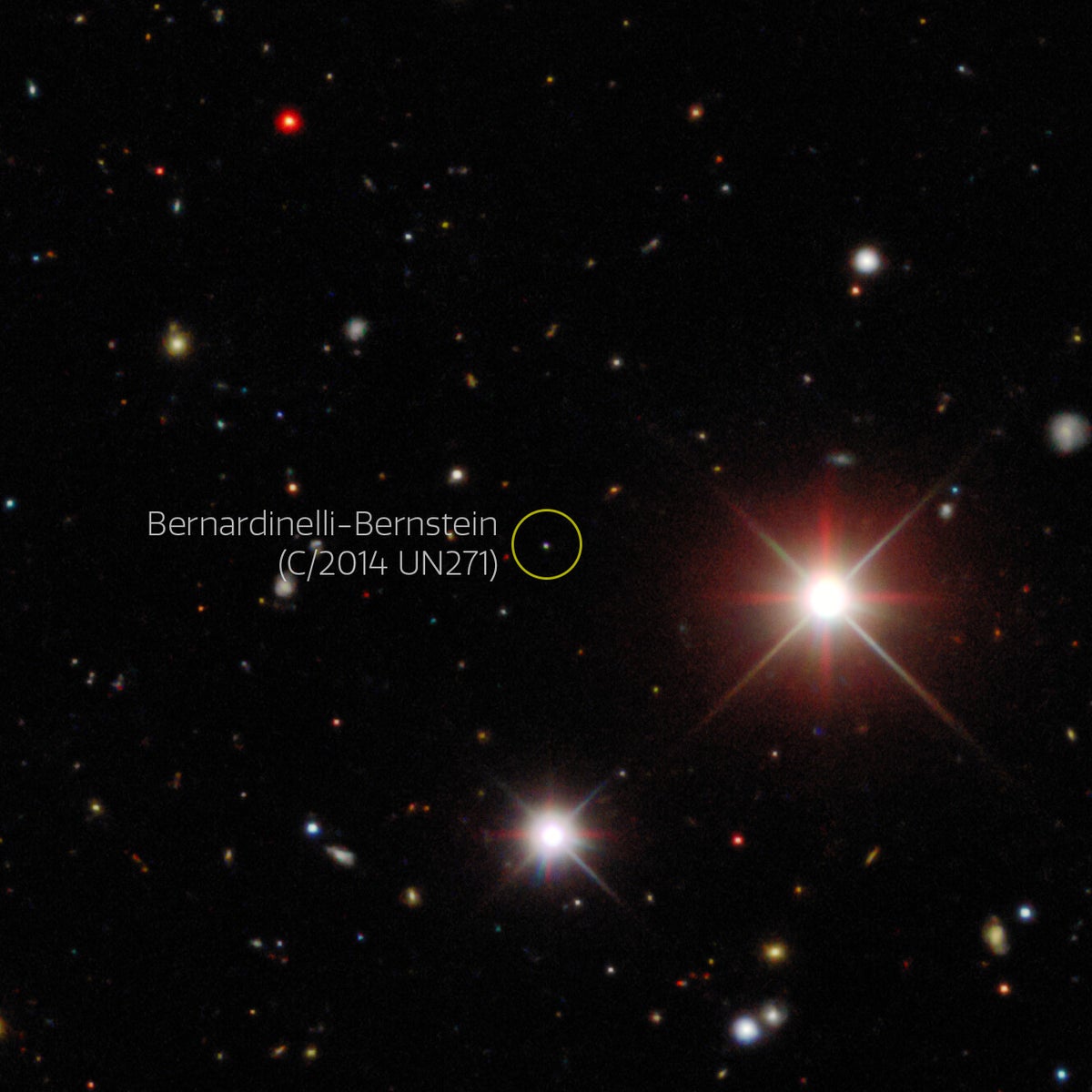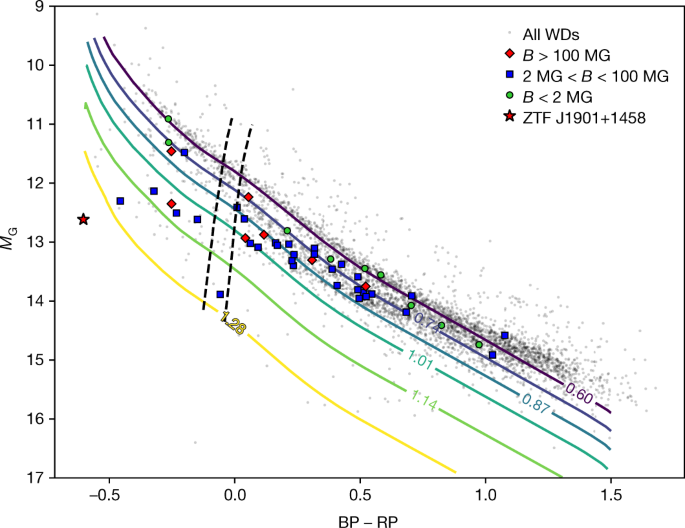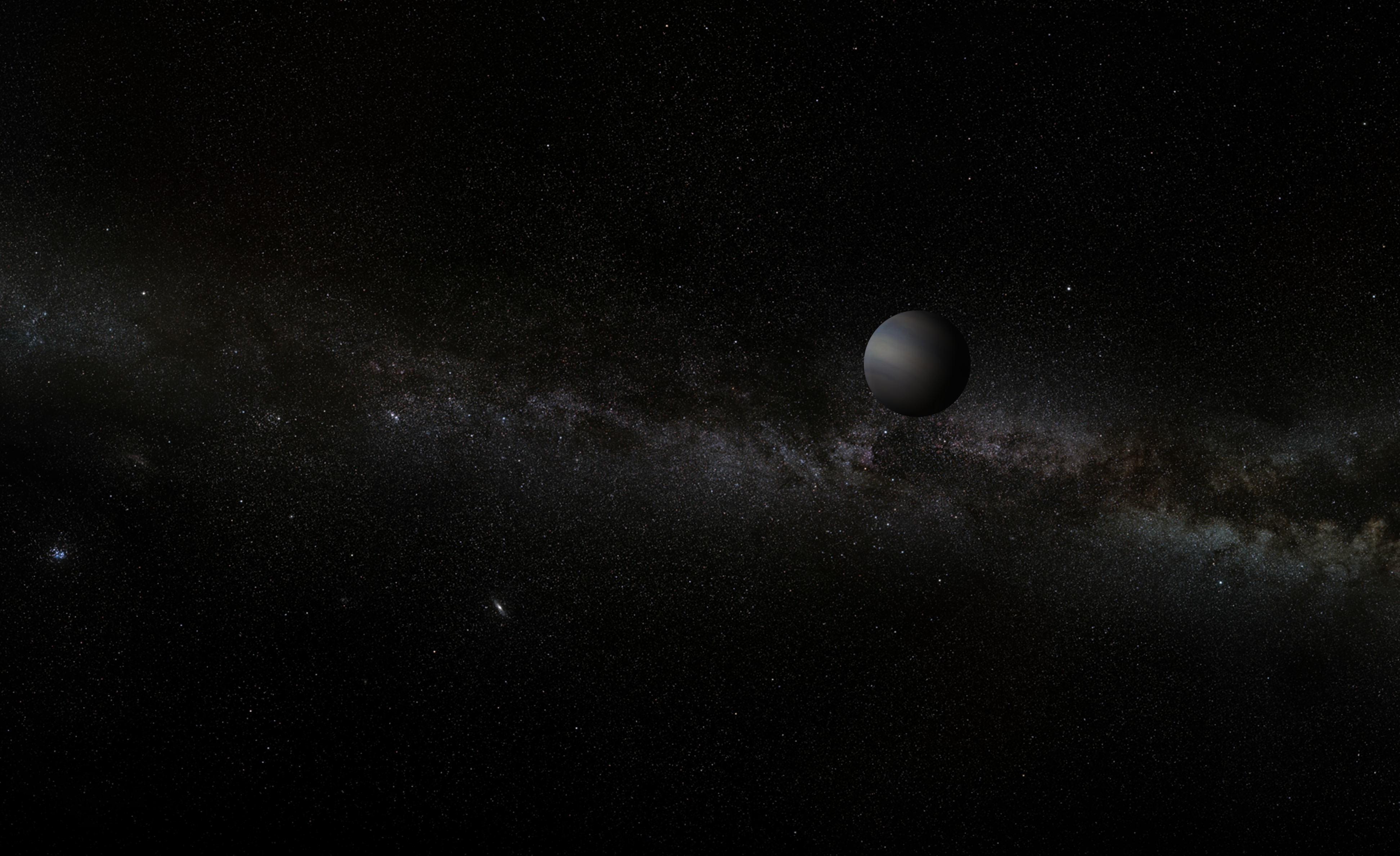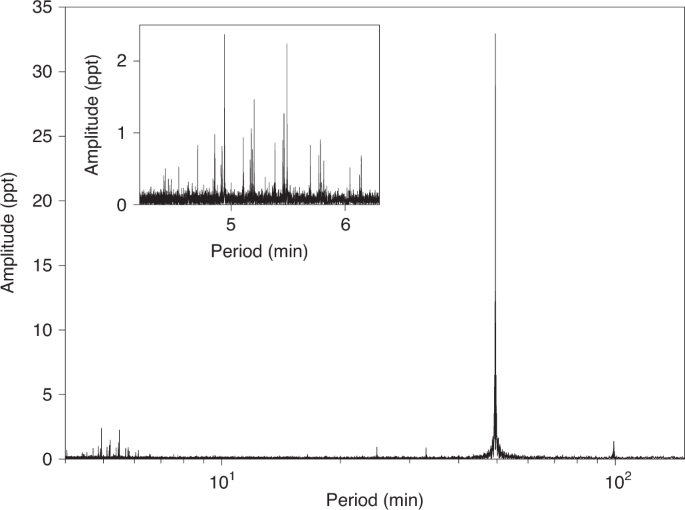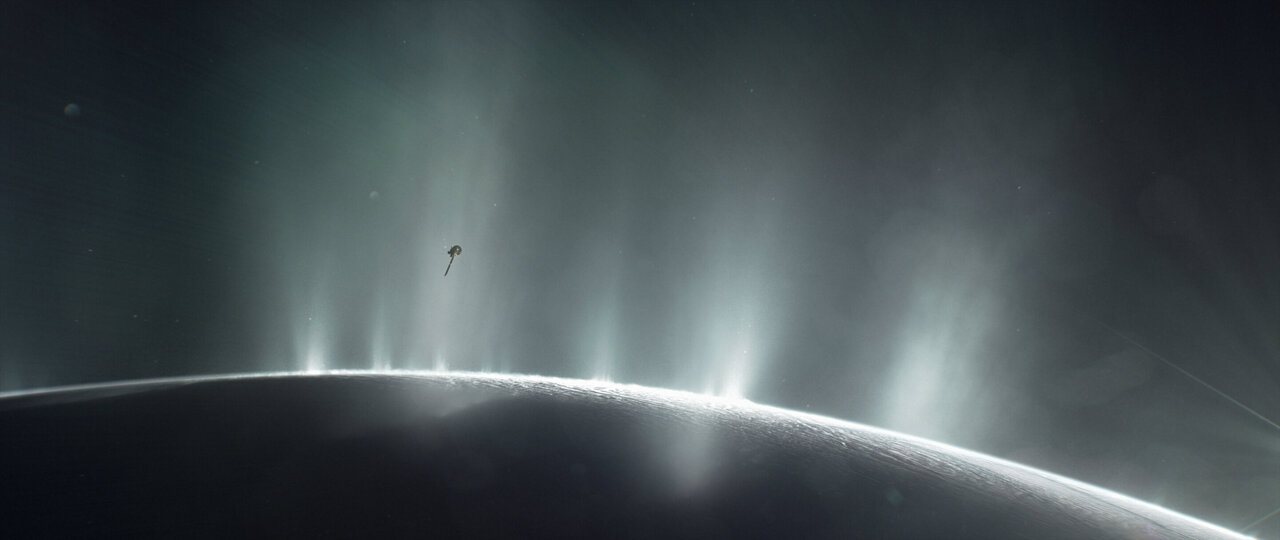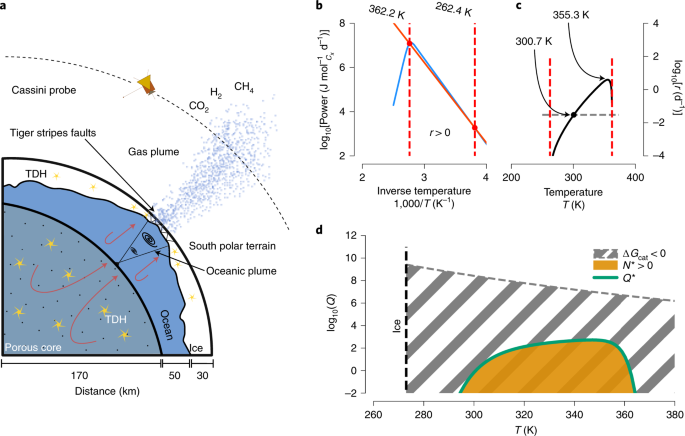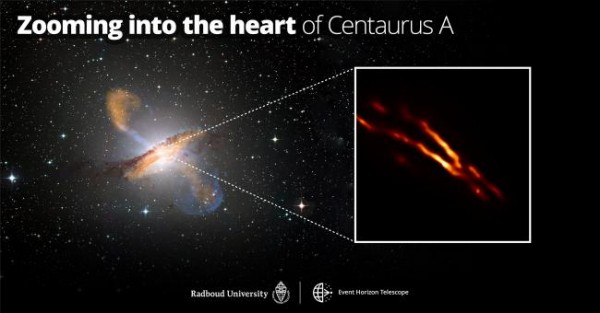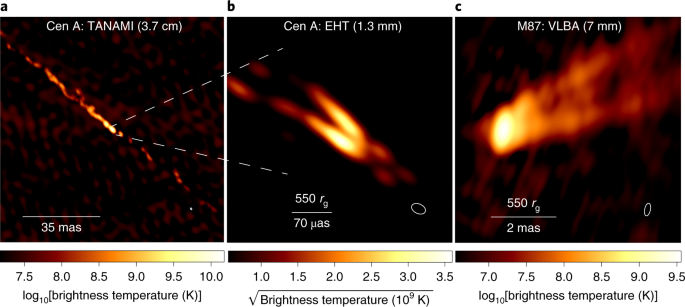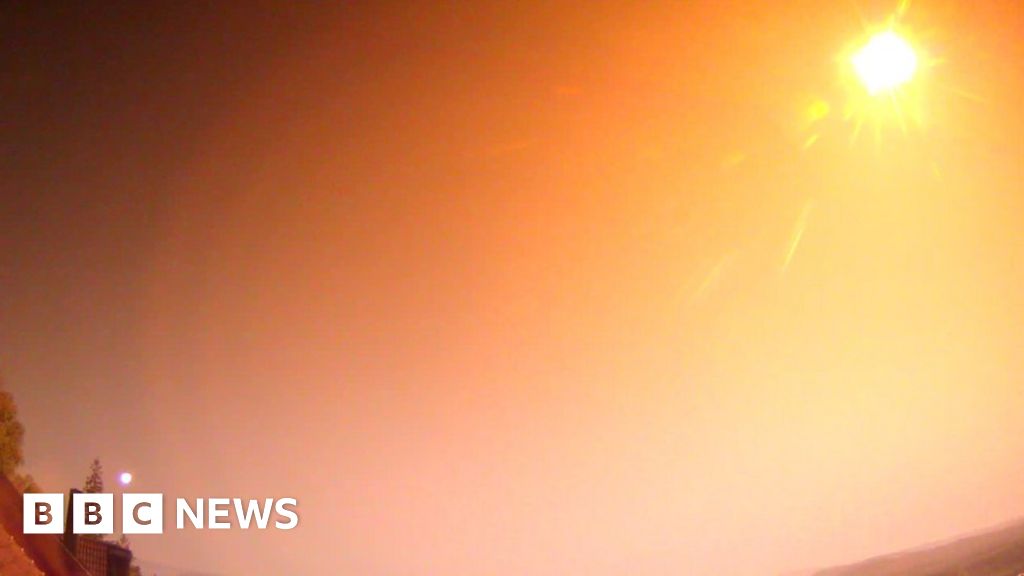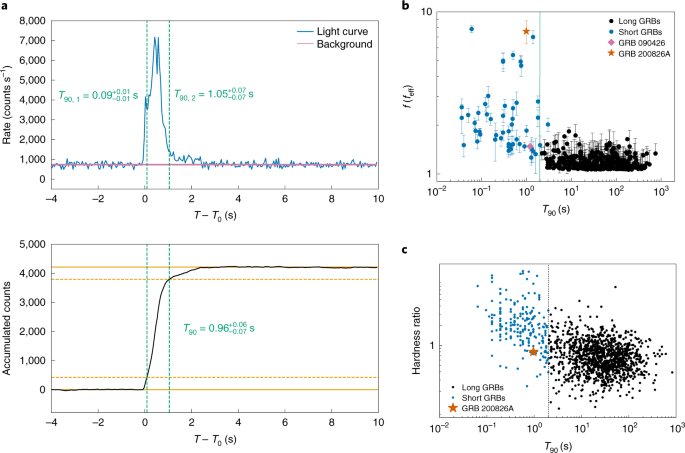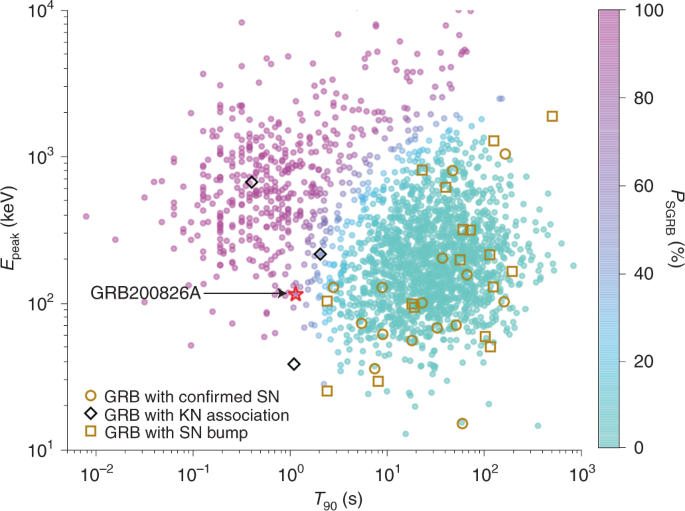- Joined
- 21 January 2015
- Messages
- 12,150
- Reaction score
- 16,351
Venus’ clouds too dry, acidic for life

 arstechnica.com
arstechnica.com
Here’s the related paper:
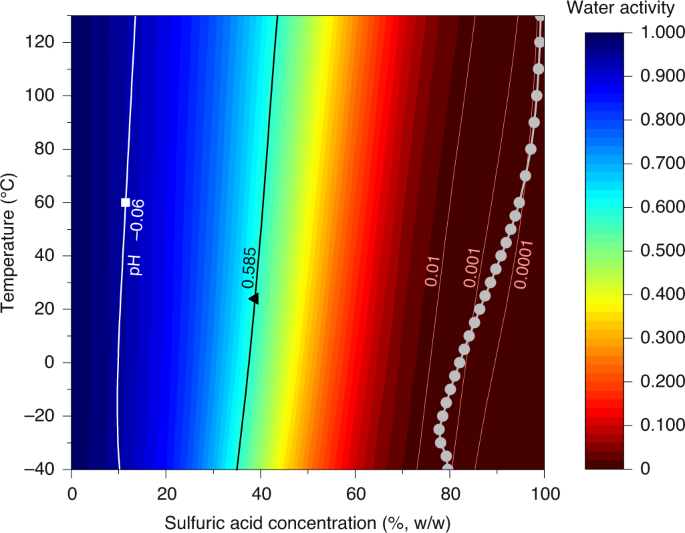
 www.nature.com
www.nature.com
They also ruled out life in the Martian atmosphere and the upper atmosphere of Earth. But not some places in Jupiter’s atmosphere.

Venus’ clouds too dry, acidic for life
A new analysis checks the water available in different planets’ atmospheres.
 arstechnica.com
arstechnica.com
Here’s the related paper:

Water activity in Venus’s uninhabitable clouds and other planetary atmospheres - Nature Astronomy
Calculations of water activity reveal that this parameter can be a substantial barrier to habitability for clouds of Solar System planets. In particular, water activity within droplets of Venus’s clouds is more than 100-fold below the threshold for biotic activity of known extremophiles.
They also ruled out life in the Martian atmosphere and the upper atmosphere of Earth. But not some places in Jupiter’s atmosphere.

